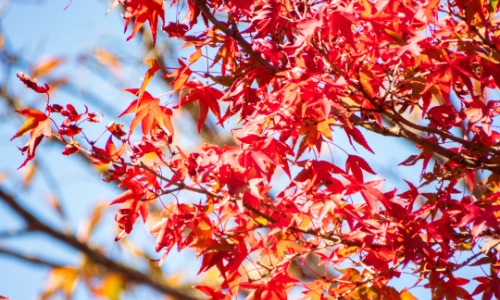Rikugien
Rikugien is a garden in Kita-ku, Tokyo that is considered a masterpiece of the Edo period in Japan.
Its name comes from The Six Elements of Poetry, a description of the classification of poems and their techniques of expression derived from the Chinese Shijing.
It is not, however, a Chinese garden.
The garden was created by Yanagisawa Yoshiyasu, who has reflected scenes from ancient Japanese waka poems in his garden.
We hope that visitors to the garden will be able to appreciate the poetry of the waka poems and the scenes they depict.
The Six Elements of Poetry
The Six Elements of Poetry, is divided into two categories: content-based and expressive technique-based.
Classification by content
1 Fū (風): Folk songs (songs performed in the private sector) from various regions, reflecting the customs and sentiments of each region.
2 Ya: Chant sung at court.Divided into two types, major and minor yas, they are mainly related to court music of the Zhou Dynasty and reflect the life and feelings of the nobility.
3 Ode: performed during Zongmiao rituals to praise the ancestors and the virtues of the emperor.
4 Fu: a direct narration of a thing, a direct means of expression. Direct narration. To state a matter or thought as it is.
5 HI: Expressing feelings or things by means of metaphors.
6 Kyo: to express a feeling or theme indirectly by associating it with something else. A technique of saying something first and thereby bringing the theme to life.
Chinese Shijing
A collection of poems composed between the 11th century B.C. and the 7th century B.C.
Authors range from men, women, peasants, nobles, soldiers, and hunters
